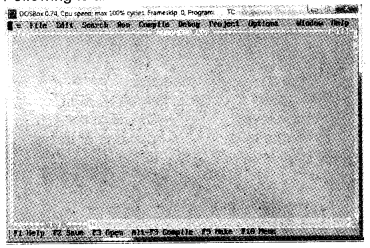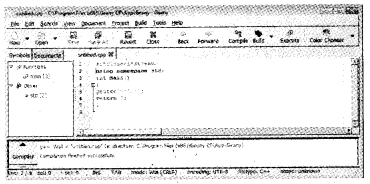Kerala Plus One Computer Science Notes Chapter 5 Introduction to C++ Programming
Summary
It is developed by Bjarne Stroustrup. It is an extension of C Language.
Character set:
To study a language first we have to familiarize the character set. For example to study English language first we have to study the alphabets. Similarly here the character set includes letters(A to Z & a to z), digits(0 to 9), special characters(+, -, ?, *, /, …..) white spaces(non printable) etc..
Token:
It is the smallest individual units similar to a word in English or Malayalam language. C++ has 5 tokens
1. Keywords:
These are reserved words for the compiler. We can’t use for any other purposes eg: float is used to declare variable to store numbers with decimal point. We can’t use this for any other purpose
2. Identifier:
These are user defined words. Eg: variable name, function name, class name, object name, etc…
3. Literals (Constants):
Its value does not change during execution
(a) Integer literals:
Whole numbers without fractional parts are known as integer literals, its value does not change during execution. There are 3 types decimal, octal and hexadecimal.
eg:
- For decimal 100, 150, etc
- For octal 0100, 0240, etc
- For hexadecimal 0x100, 0x1A, etc
(b)Float literals:
A number with fractional parts and its value does not change during execution is called floating point literals. eg: 3.14157, 79.78, etc.
(c) Character literal-: A valid C++ character enclosed in single quotes, its value does not change during execution. eg: ‘m’, ‘f ’ etc
(d) String literal:
One or more characters enclosed in double quotes is called string constant. A string is automatically appended by a null character(‘\0’)
eg: “Mary’s”, ’’India”, etc.
4. Punctuators:
In English or Malayalam language punctuation mark are used to increase the readability but here it is used to separate the tokens. eg: {,}, (,).
5. Operators:
These are symbols used to perform an operation(Arithmetic, relational, logical, etc…)
Integrated Development Environment(IDE):
It is used for developing programs
- It helps to write as well as editing the program.
- It helps to compile the program and linking it to other (header files and other user) programs
- It helps to run the program
Turbo C++ IDE:
Following is an C++ IDE

(a) Opening the edit window:
Method I: File → Click the menu item New
Method II: Press Alt and F simultaneously then press N
(b) Saving the program:
Click File → Save or Press Function key F2 or Alt + F and then press S. Then give a file name and press ok.
(c) Running/executing the program:
Press Alt + R then press R OR Click Run → press R, OR Press Ctrl + F9
(d) Viewing the output:
Press Alt + F5
(e) Closing Turbo C++ IDE:
Click File → then press Quit menu Or Press Alt + X
Geany IDE

Step 1: Take Geany Editor and type the program (source code)
Step 2: Save the file with extension .cpp
Step 3: Compile the program by Click the Compile Option
Step 4: After successful compilation, Click Build option
Step 5: Then click on Execute option
